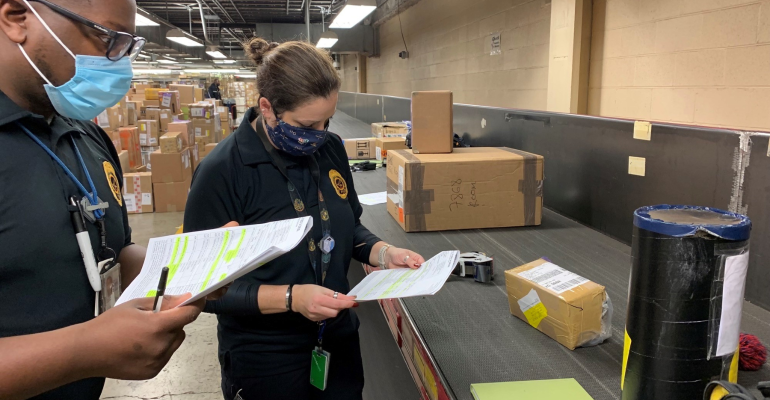The Food and Drug Administration (FDA), Office of Import Operation’s mission is to protect consumers and enhance public health by ensuring timely access to safe, effective, and quality FDA-regulated products of foreign origin. An integral part of this mission is ensuring that medical devices offered for important into the US meet regulatory requirements and requirements found in the Federal Food, Drug, and Cosmetic Act (FD&C Act). The FDA conducts regulatory review of imported medical devices with the support of US Customs and Border Protection authorities and resilient collaboration with other partner government agencies and import community.
For medical device importers seeking the most efficient processing of their import entries, preparation and understanding are key. To process the volume of imports into the US, FDA systems interface with CBP system to allow for the FDA electronic admissibility reviews of FDA-regulated entries. FDA-regulated products imported into the US must comply with FDA's laws and regulations. The importer is responsible for making sure these products comply with all US requirements. Therefore, being proactive in understanding the nuances of regulations, required affirmations of compliance, useful documentation, and expectations to import is critical for preventing potential delays (or worse, refusal of goods). Products which do not comply with US requirements at the time of importation are subject to refusal of admission.
To help comply with CBP requirements, most importers hire a Customs Broker to act on their behalf to facilitate the importation process. By preparing the required information and accurate documentation to provide to a broker, a medical device importer can increase the likelihood of a smooth and timely importation process. This includes details such as product descriptions, product codes, intended use in the US, pertinent addresses of manufacturers, shippers, and importers, and the required affirmations of compliance (i.e., registration, listing, premarket notification/approval numbers, etc.).
The FDA Supplemental Guide outlines all data elements required to be provided in the transmission of an entry. Lastly, importers should be familiar with FDA’s Import Alerts. Products and firms subject to Detention without Physical Examination (DWPE) will be detained and refused entry unless the importer can demonstrate that known violation(s) are not present in their product and/or that the root cause of the violation has been addressed to ensure a safe and effective product.
For an overview of medical devices and the requirements that FDA verifies and enforces at the time they are imported or offered for import into the US, visit the official Importing Medical Devices FDA website. Being proactive in understanding if your product is a medical device and identifying what are the applicable affirmations of compliance, requirements and regulations associated to the medical device and firm(s) is essential in facilitating the importation of the medical device.
An effective way to follow-up on an entry with FDA is to use the FDA’s Import Trade Auxiliary Communication System (ITACS) as it allows the import trade community to upload entry documentation and any additional information requested by the FDA entry reviewer. You may check on the status of an entry via (ITACS) by using the US Customs and Border Protection (CBP) entry number. Additionally, ITACS allows trade to provide the location of goods for lines selected for examination and to view the expected lab completion date for those lines which have been sampled. Furthermore, when there are medical emergency situations associated to an entry, we encourage immediate communication to FDA as sometimes entry information transmitted do not capture the urgency.
In conclusion, navigating the import process for medical devices requires an understanding of the product you wish to import, verifying the product and related firms meet regulatory requirements, and preparing the proper information for importation. By following these guidelines and leveraging available resources, importers can increase their chances of successful importation.

Ruth Dixon is the Program Division Director, Division of Southeast Imports, Office of Regulatory Affairs, US Food and Drug Administration.






